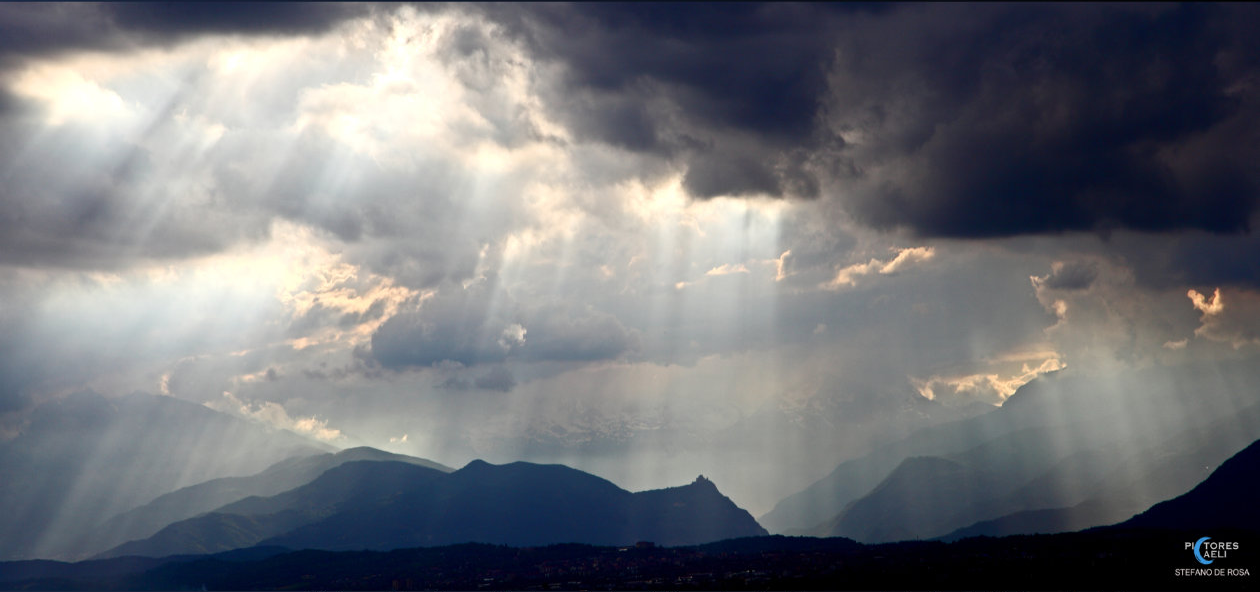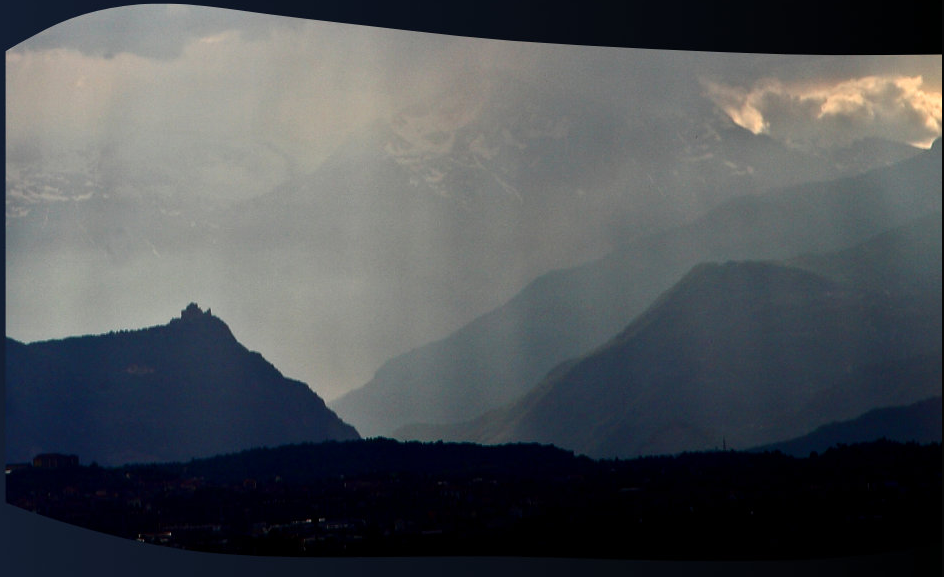Alpine Solar Rays
Alpine Solar Rays: A Spectacular Atmospheric Phenomenon
When it comes to captivating natural phenomena, alpine solar rays are truly a sight to behold. These mesmerizing optical displays occur when parallel rays of sunlight penetrate through gaps and holes in clouds over the majestic Alps, creating a stunning visual spectacle. While they are often referred to as "crepuscular" rays due to their association with twilight or dusk, these ethereal rays can actually be observed at any time of the day or night if one carefully seeks them out.
The key to witnessing alpine solar rays lies in the atmospheric conditions. When the air is laden with moisture or particulates, such as during periods of congested cumulus clouds, these elements act as scattering agents for sunlight. As a result, the unshadowed parts of the clouds are illuminated, causing the rays to shine brightly against the backdrop of the mountainous landscape.
To experience the full splendor of alpine solar rays, one can head to locations like Turin in northern Italy, where photographer Stefano De Rosa captured these breathtaking images. From this vantage point, the parallel rays of sunlight can be seen streaming towards us over the Sacra di San Michele, a religious complex perched on Mount Pirchiriano. The juxtaposition of the natural and man-made elements adds an extra layer of awe-inspiring beauty to the scene.
While alpine solar rays are undoubtedly a feast for the eyes, it is important to understand the science behind this captivating phenomenon. The phenomenon occurs due to a combination of factors, including the angle at which sunlight reaches the Earth's atmosphere and the presence of clouds or other atmospheric particles that can scatter light. When the sun is low on the horizon, such as during sunrise or sunset, the sunlight has to pass through a greater portion of the Earth's atmosphere, leading to increased scattering and the formation of distinct rays.
In addition to their aesthetic appeal, alpine solar rays can also provide valuable insights into atmospheric conditions. By carefully observing the angle and direction of the rays, scientists can gather information about the size and shape of the scattering particles in the atmosphere. This data is crucial for studying air pollution, aerosols, and other environmental factors that impact our planet's climate and overall atmospheric health.
To fully appreciate the magic of alpine solar rays, it is worth noting that they are not limited to the Alps alone. Similar phenomena can be observed in various mountainous regions around the world, where the interplay between sunlight, clouds, and topography creates a symphony of light and shadow. Whether it's the Rockies in North America, the Himalayas in Asia, or the Andes in South America, these awe-inspiring displays of nature's grandeur are a testament to the beauty and complexity of our planet's atmosphere.
In conclusion, alpine solar rays are a breathtaking atmospheric phenomenon that showcases the interplay between sunlight and clouds over the majestic Alps. These ethereal rays, which can be observed at any time of the day or night under the right conditions, create a mesmerizing visual spectacle that captivates both scientists and nature enthusiasts alike. By studying these rays, we gain valuable insights into the composition of our atmosphere and its impact on our planet's climate. So, the next time you find yourself in a mountainous region, don't forget to look up and marvel at the celestial dance of alpine solar rays.

Stefano De Rosa (Photography) Alpine Solar Rays captured this from Turin in
northern Italy. Parallel rays from the 93 million mile distant sun stream through gaps and holes in clouds over the distant Alps.
Although called 'crepuscular' after twilight or dusk, they may be found at any time of day (or night) if carefully sought. Congested cumulus is good in air laden with moisture or particulates to scatter light and make its unshadowed parts shine.

Rays stream towards us over the Sacra di San Michele, a religious complex and symbol of the Piedmont Region, perched on Mount Pirchiriano
Note: this article has been automatically converted from the old site and may not appear as intended. You can find the original article here.
Reference Atmospheric Optics
If you use any of the definitions, information, or data presented on Atmospheric Optics, please copy the link or reference below to properly credit us as the reference source. Thank you!
-
<a href="https://atoptics.co.uk/blog/alpine-solar-rays/">Alpine Solar Rays</a>
-
"Alpine Solar Rays". Atmospheric Optics. Accessed on April 20, 2024. https://atoptics.co.uk/blog/alpine-solar-rays/.
-
"Alpine Solar Rays". Atmospheric Optics, https://atoptics.co.uk/blog/alpine-solar-rays/. Accessed 20 April, 2024
-
Alpine Solar Rays. Atmospheric Optics. Retrieved from https://atoptics.co.uk/blog/alpine-solar-rays/.